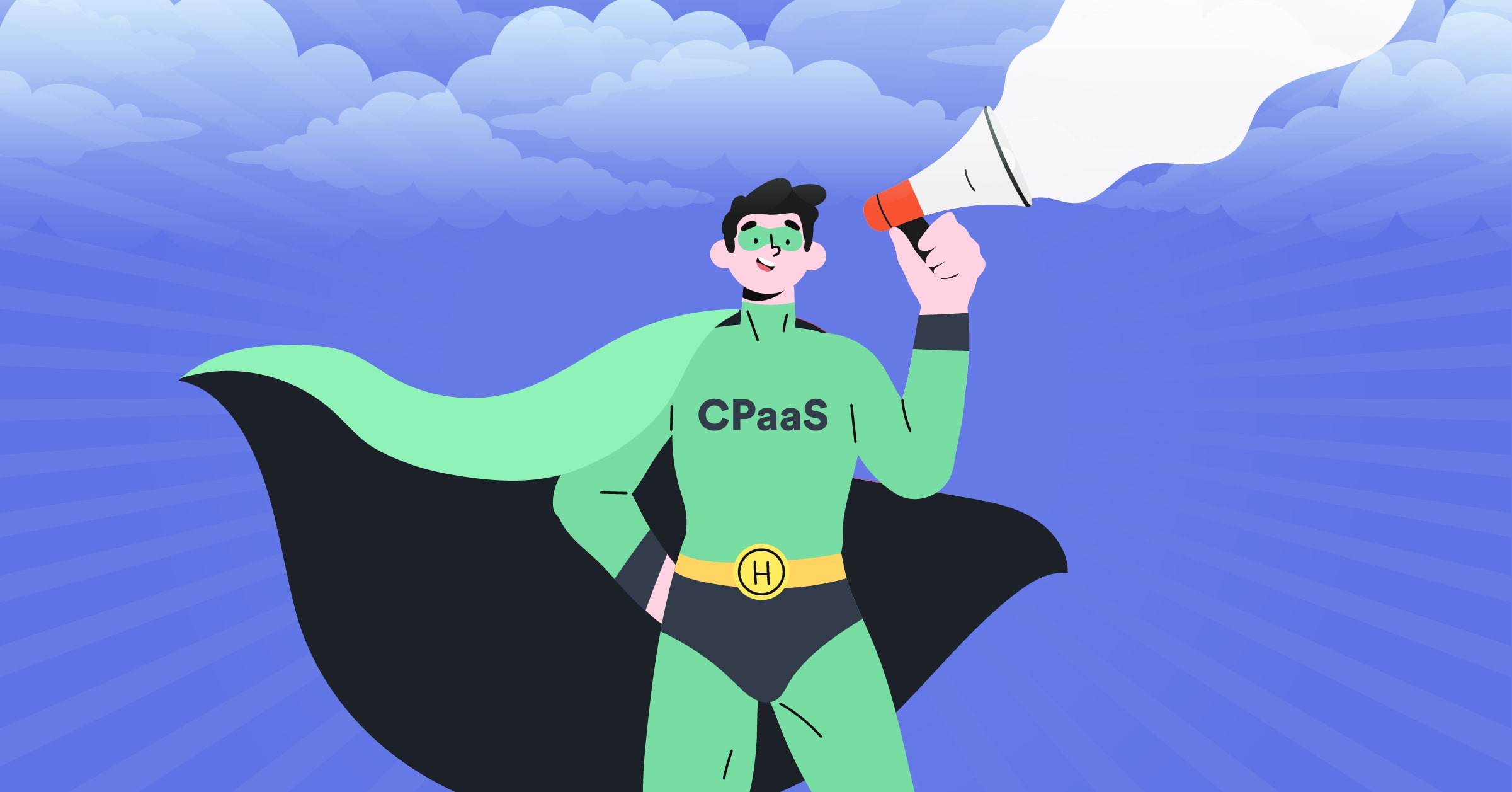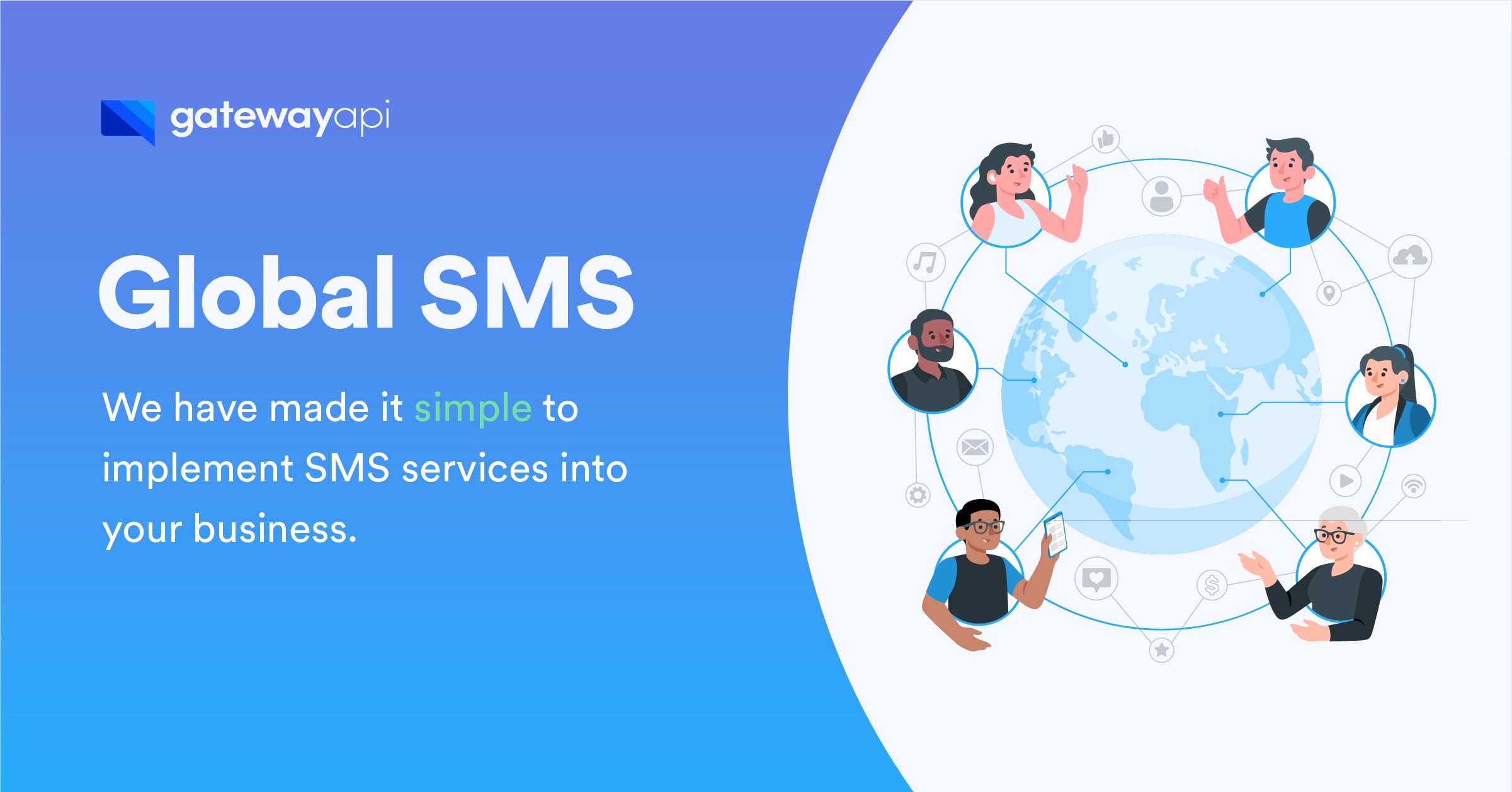Understanding the Differences Between a CPaaS and a UCaaS

In today’s rapidly evolving digital landscape, businesses are constantly looking for new ways to enhance their communication capabilities. Two acronyms that frequently pop up in conversations surrounding business communication technologies are CPaaS and UCaaS.
While both types of platforms aim to streamline communication processes, they serve different purposes and cater to varied business needs. Let’s dive into the distinctions between a Communication Platform as a Service (CPaaS) and a Unified Communications as a Service (UCaaS) to understand which solution might be the best fit for your organization. The comparison also serves as an excellent way to get a better understanding of each platform type.

CPaaS – Powerful building blocks
A Communication Platform as a Service (CPaaS) allows businesses to add real-time communication features to their existing applications without needing to build backend infrastructure and interfaces. A CPaaS offers APIs (Application Programming Interfaces) and SDKs (Software Development Kits) for integrating various communication capabilities such as voice, video and messaging (SMS, RCS, email, WhatsApp, Messenger) into mobile and web applications. Like building with LEGO, this flexibility enables developers to use blocks, such as an SMS API or email API, to build communication features that match their exact needs.
Democratization of technology
Many startups and scaleups leverage CPaaS solutions to integrate advanced communication services into their service without having their own infrastructure. Basically, that means that it allows small players to compete with established companies – a true democratization of technology! Furthermore, a benefit of CPaaS platforms are that most of them, including GatewayAPI, offer high scalability, meaning that startups and scaleups can grow and still use the same CPaaS platform, no matter if their turnover is €5m or €500m.
Worldwide reach
Another benefit of CPaaS platforms is that they enable businesses to reach customers worldwide while adhering to local regulations. For instance, GDPR in Europe and various data protection laws across countries have made compliance a significant aspect of CPaaS offerings.
A prime example of the use of a CPaaS is the integration of SMS and email in a Software as a Service (SaaS) product that enables businesses to send appointment confirmations, reminders or marketing messages directly from the platform.
What about omnichannel platforms?
Note that a CPaaS should not be mistaken for an omnichannel communication platform, such as our sister platform RelationCity aims to become. A CPaaS is developer-focused, offering tools to create customized communication solutions, whereas omnichannel platforms are designed to enhance customer engagement and loyalty by providing a seamless, integrated communication experience across multiple touchpoints.
UCaaS – The all-in-one solution
Unified Communications as a Service (UCaaS) is a all-in-one solution that delivers a variety of communication and collaboration services, all integrated into a single cloud-based platform. A UCaaS combines phone service, video conferencing, messaging, email and other features into one comprehensive suite, making it easier for businesses to manage their communication tools.
The goal of a UCaaS is thereby to simplify the user experience by providing a unified interface for all communication needs, which improves productivity and collaboration within and across teams and reduce the complexity and costs associated with maintaining separate platforms.
Well-known examples of UCaaS platforms are Zoom, Vonage and RingCentral, which all provide a suite of ready communication tools to their customers.
Examples of how a UCaaS can be used
A UCaaS can improve internal communication by making it easier for employees to choose the most effective form of communication, whether it’s a quick chat message or a video meeting. For example, a development department in a tech company can use instant messaging for quick questions and video calls for daily stand-up meetings.
A UCaaS can also integrate with customer service platforms to deliver a seamless experience for both employees and customers. For example, a customer service representative can receive calls, chat messages and emails directly in the UCaaS application, where everything is consolidated, including customer history and data. This can improve both response time and the quality of the customer service.
Key differences between CPaaS and UCaaS platforms
CPaaS (Communication Platform as a Service) | UCaaS (Unified Communications as a Service) | |
Definition | Allows businesses to add real-time communication features to their applications without building backend infrastructure. Offers APIs and SDKs for integrating various communication capabilities. | Delivers a variety of communication and collaboration applications and services integrated into a single cloud-based platform. Combines phone service, video conferencing, messaging, email etc., into one suite. |
Flexibility | Highly flexible, providing building blocks (like SMS API or email API) for developers to create customized communication features. | Offers a standardized package of communication tools with limited customization options. |
Target users | Geared towards developers and businesses looking to enhance existing applications with communication features or build custom communication solutions. | Designed for businesses seeking a ready-made, comprehensive communication solution without extensive customization needs. |
Use cases | Suitable for businesses requiring specific communication functionalities embedded into their services, such as SMS notifications in a booking system. | Ideal for organizations needing a unified approach to handle all communication and collaboration needs, such as video conferencing and instant messaging, under one roof. |
Customization and integration | Provides APIs and SDKs for customizing and integrating communication features into existing applications, offering more control over implementation. | Offers a unified interface for all communication needs, with limited customization but simplifies user experience and management. |
Examples | GatewayAPI, offering an extensive list of well-documented APIs for building, scaling and refining communication solutions. | Zoom, Vonage, and RingCentral, which provide a suite of ready communication tools to their customers. |
Key benefits | Enables small players to compete with established companies by democratizing technology. Allows reaching customers worldwide while adhering to local regulations. | Simplifies the management of multiple communication tools through a single provider, reducing complexity and costs. |
Conclusion
Choosing between a CPaaS or UCaaS solution ultimately depends on your organization’s specific communication needs, technical capabilities and strategic goals. If your organization requires highly customized communication features integrated into existing applications, a CPaaS offers the flexibility and tools needed to create tailored solutions. However, if you’re looking for an all-encompassing communication platform that brings together various tools in a cohesive environment, especially for internal communication, a UCaaS may be the way to go.

Global SMS Gateway
We have made it simple to implement SMS services into your business by offering some of the best prices worldwide as well as easy integration, world-class customer support, an intuitive interface and a rock-solid uptime of 99.99%. If you don’t have an account yet, you can create a FREE account in less than two minutes here: Go to GatewayAPI or contact sales@gatewayapi.com.
